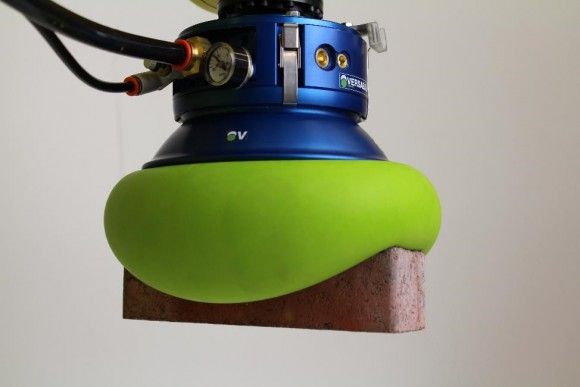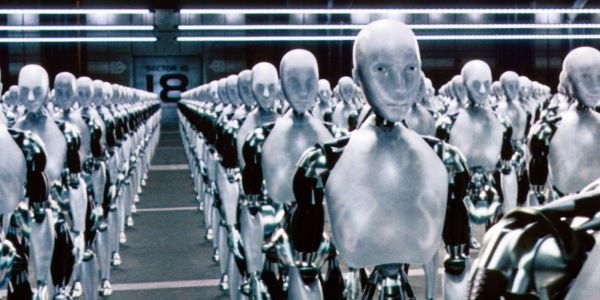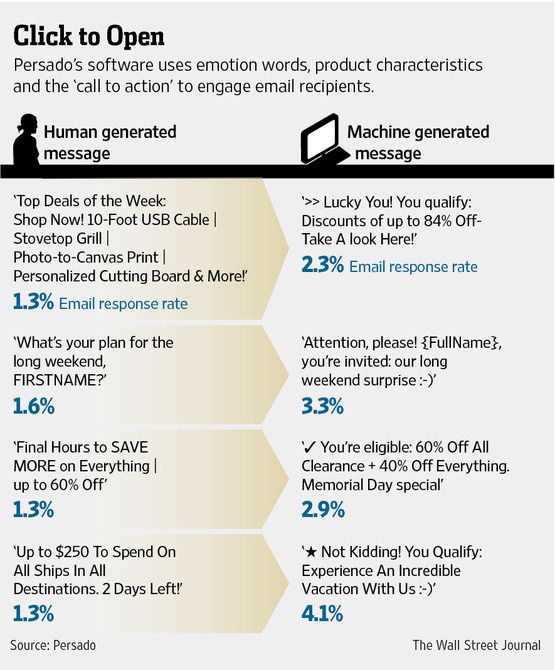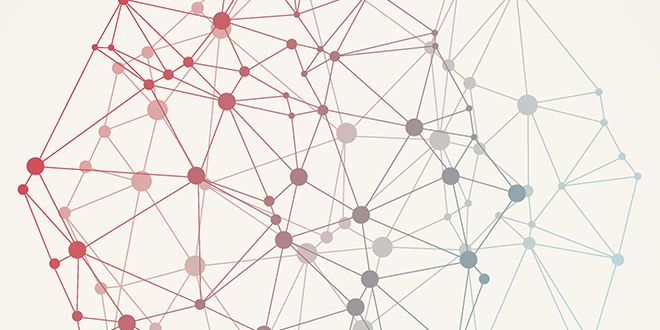This archive file was compiled from an interview conducted at the Googleplex in Mountain View, California, 2013. In the discussion, Amit Singhal, a key figure in the evolution of Google’s search engine, broadly outlined the significant hurdles that stood in the way of achieving one of his long-held dreams — creating a true ‘conversational’ search engine. He also sketched out a vision of how the initial versions of such a system would, and also importantly, would not attempt to assist the individuals that it interacted with.
Though the vision was by design more limited and focused than a system capable of passing the famous Turing test, it nonetheless raised stimulating questions about the future relationships of humans and their ‘artificial’ assistants.
More about Amit Singhal:
Wikipedia:
en.wikipedia.org/wiki/Amit_Singhal
Google Search:
en.wikipedia.org/wiki/Google_Search







